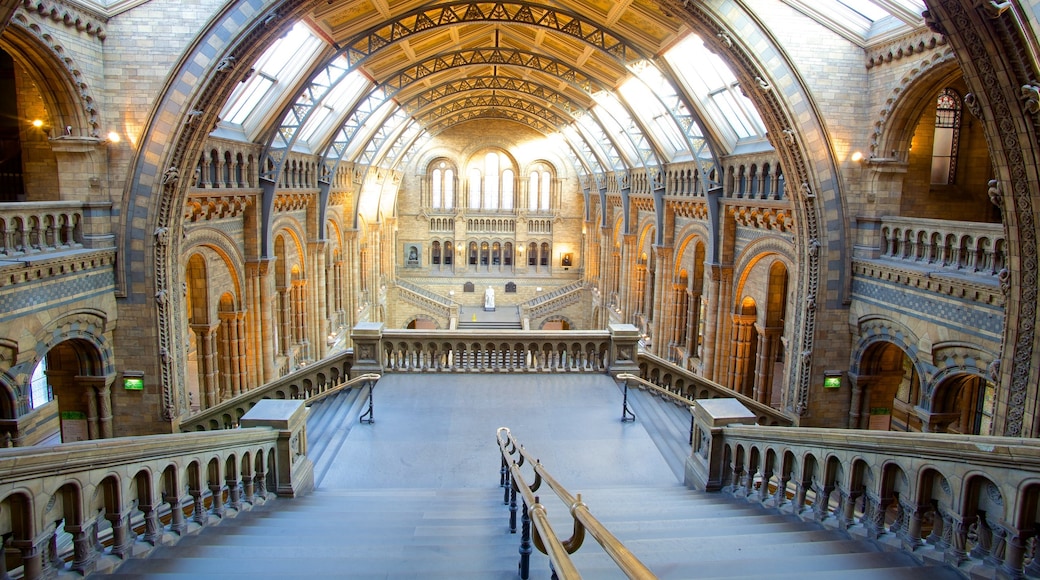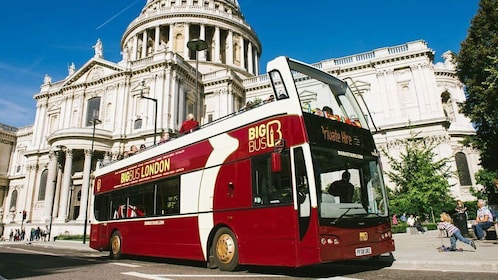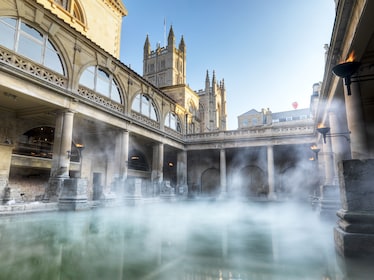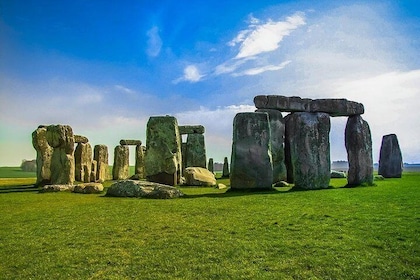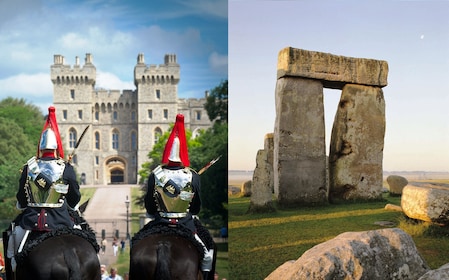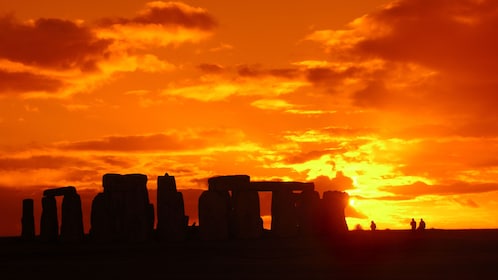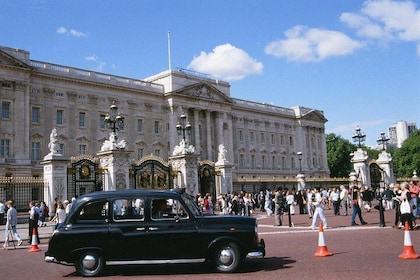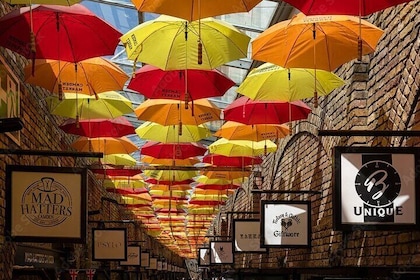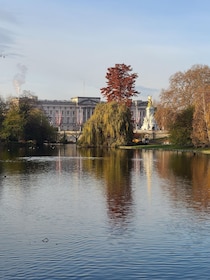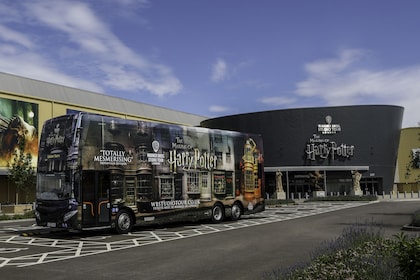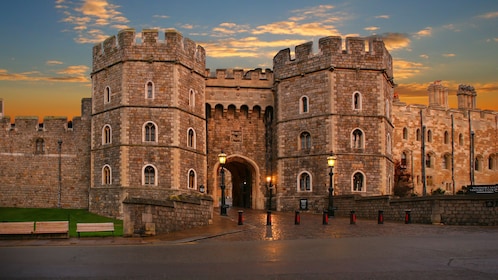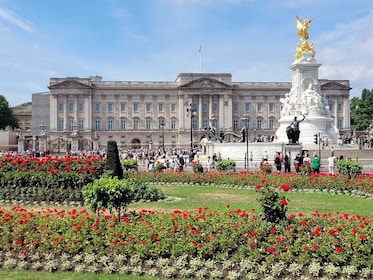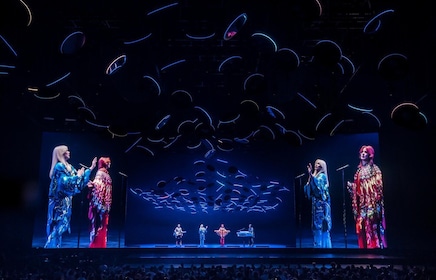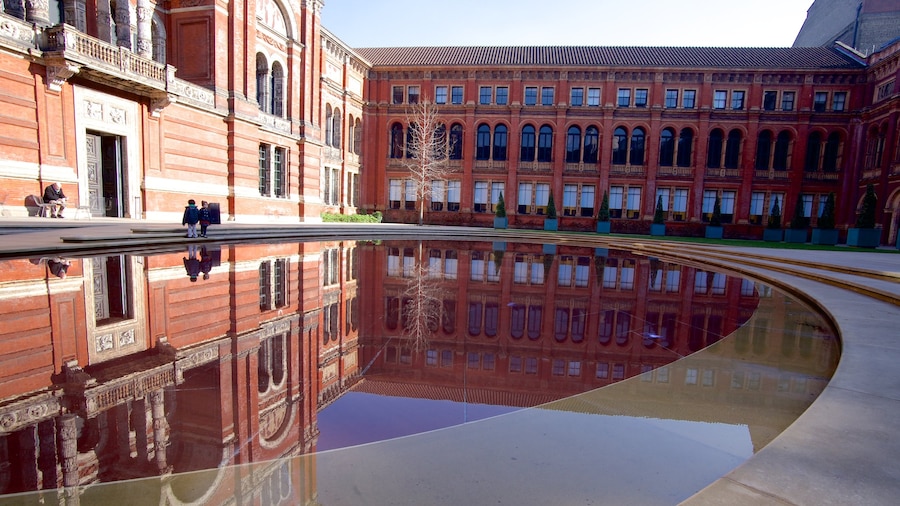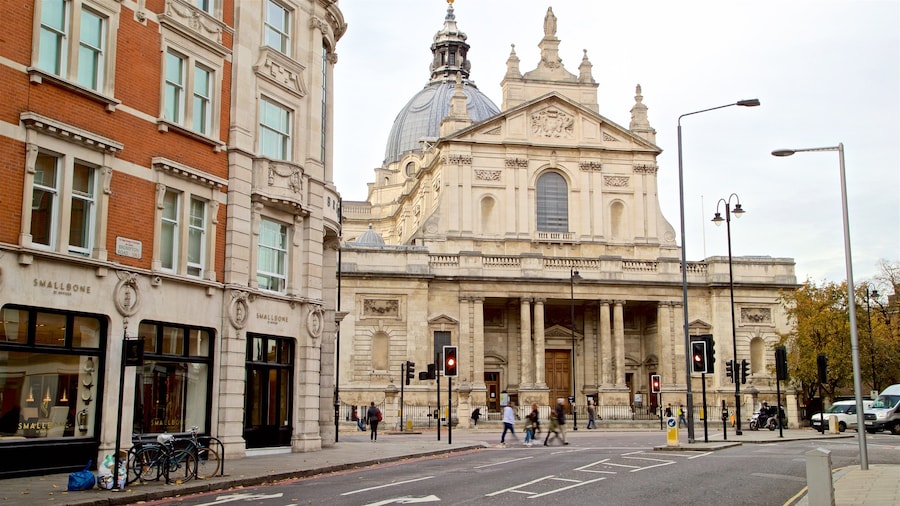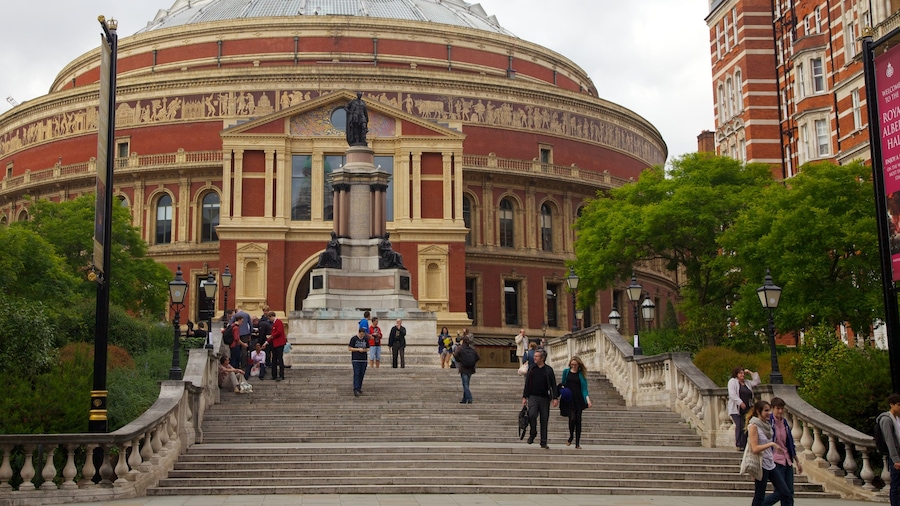Explore the wonders of the natural world for free in this fascinating museum. Learn about dinosaurs, creatures of the deep, our planet’s interior and much more.
Examine dinosaur skeletons, see animal specimens that are hundreds of years old and experience a simulated earthquake at the London Natural History Museum. Inside this magnificent Victorian terracotta building is a vast collection of items and interactive exhibits that cover the biology and geology of our planet.
The museum is divided into different colored zones, each one concentrating on a different aspect of life on Earth. One of the most popular attractions is the collection of dinosaur skeletons in the Blue Zone. Look at the first Tyrannosaurus rex fossil ever found and the skull of a Triceratops. Walk past the enormous animatronic T. rex and watch how it reacts to human “prey.” Elsewhere in this zone observe fossils and skeletons of extinct animals, including the saber-toothed cat.
Head over to the Red Zone to learn more about the natural forces that shape our planet. Look at film footage, play interactive games and step into the earthquake simulator. There are also casts of victims of the Mount Vesuvius eruption that destroyed Pompeii.
Inside the Green Zone, find a live ant colony and a life-size model of a termite mound. See the mineral collection, which includes a 635-kilogram (1,400-pound) iron meteorite that fell in Argentina. Go over to the Aurora Collection, an exhibit of almost 300 naturally-colored diamonds.
Visit the Darwin Center in the Orange Zone, which hosts more than 28 million insect specimens and a 28.3-feet (8.6-meter) giant squid. The area features glass windows through which you can observe the museum’s scientists at work. In the center’s egg-shaped Cocoon building are many centuries-old biological specimens, including some that came back with Charles Darwin on HMS Beagle.
The London Natural History Museum is easy to get to by public transport. It is on numerous bus routes and is a short walk from the nearest Tube station, South Kensington. Street parking in the area is limited and expensive. The museum is open daily, except for Christmas Eve and Christmas Day, and admission is free.
